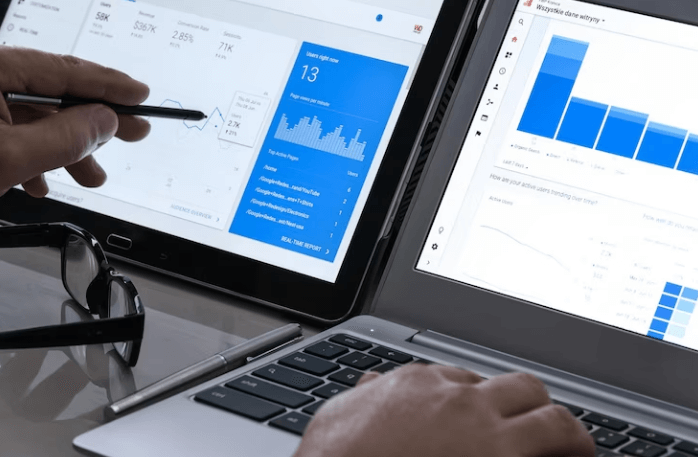Insuring your most valuable possessions is essential for safeguarding your assets against loss, theft, or damage. Many people underestimate the importance of having adequate coverage for high-value items, which can lead to significant financial loss in the event of an unforeseen incident. This guide will provide insights into the types of insurance available, tips for assessing your needs, and how to ensure your valuable items are adequately protected.
Understanding the Importance of Insurance
Insurance serves as a safety net that helps you recover the value of your possessions in case of damage or loss. Many homeowners assume that their standard homeowners insurance policy covers all their valuable items. However, this is often not the case.
Most policies have limits on coverage for specific items, such as jewelry, art, and collectibles. Understanding these limitations is crucial for ensuring that your assets are adequately protected. Taking the time to review your policy and assess your coverage needs can save you from unexpected financial burdens.
Identifying Your Valuable Possessions
The first step in protecting your assets is identifying which items require additional coverage. Valuable possessions can include jewelry, electronics, antiques, art, and collectibles. Make a comprehensive list of these items, noting their estimated value and any relevant documentation, such as receipts or appraisals. This inventory will help you determine whether your current insurance coverage is sufficient or if you need to consider additional policies or riders.
Maintaining an Updated Inventory
Creating and maintaining an inventory of your valuable possessions is essential for effective insurance management. This inventory should include detailed descriptions, photographs, purchase dates, and values for each item. Having an organized inventory will streamline the claims process in the event of loss or damage.
Additionally, regularly updating this list as you acquire new items or sell existing ones will ensure that your insurance coverage remains adequate and relevant. Regularly reviewing your inventory can also help you identify any gaps in your insurance coverage. If you notice that the value of your possessions has increased significantly since your last policy review, it may be time to consider increasing your coverage limits or exploring additional policies, such as car insurance, to protect your assets.
Evaluating Your Current Insurance Coverage
Once you have identified your valuable possessions, it’s essential to evaluate your current insurance coverage. Review your homeowners insurance policy to understand the limits and exclusions related to valuable items. For instance, many policies may only cover a certain amount for stolen jewelry or artwork. If your possessions exceed these limits, consider purchasing a valuable items endorsement or a separate policy to ensure full coverage. Consulting with your homeowners insurance provider can help clarify your options and guide you in making informed decisions.
The Role of Appraisals
Having your valuable items appraised is an important step in ensuring adequate insurance coverage. An appraisal provides an accurate estimation of the item’s value, which can change over time due to market fluctuations.
Conclusion
Protecting your assets through proper insurance coverage is vital for safeguarding your most valuable possessions. By understanding the importance of insurance, identifying your valuable items, and evaluating your current coverage, you can make informed decisions that will protect your financial well-being. Consider the role of appraisals and explore additional coverage options to ensure that your high-value items are adequately insured. Finally, maintain an updated inventory to streamline the claims process if needed. By taking these proactive steps, you can enjoy peace of mind knowing that your valuable possessions are well protected.
Additional:
- What is Link building?
- What Are Backlinks In SEO?
- How To Measure Your Content Marketing Effectiveness?




